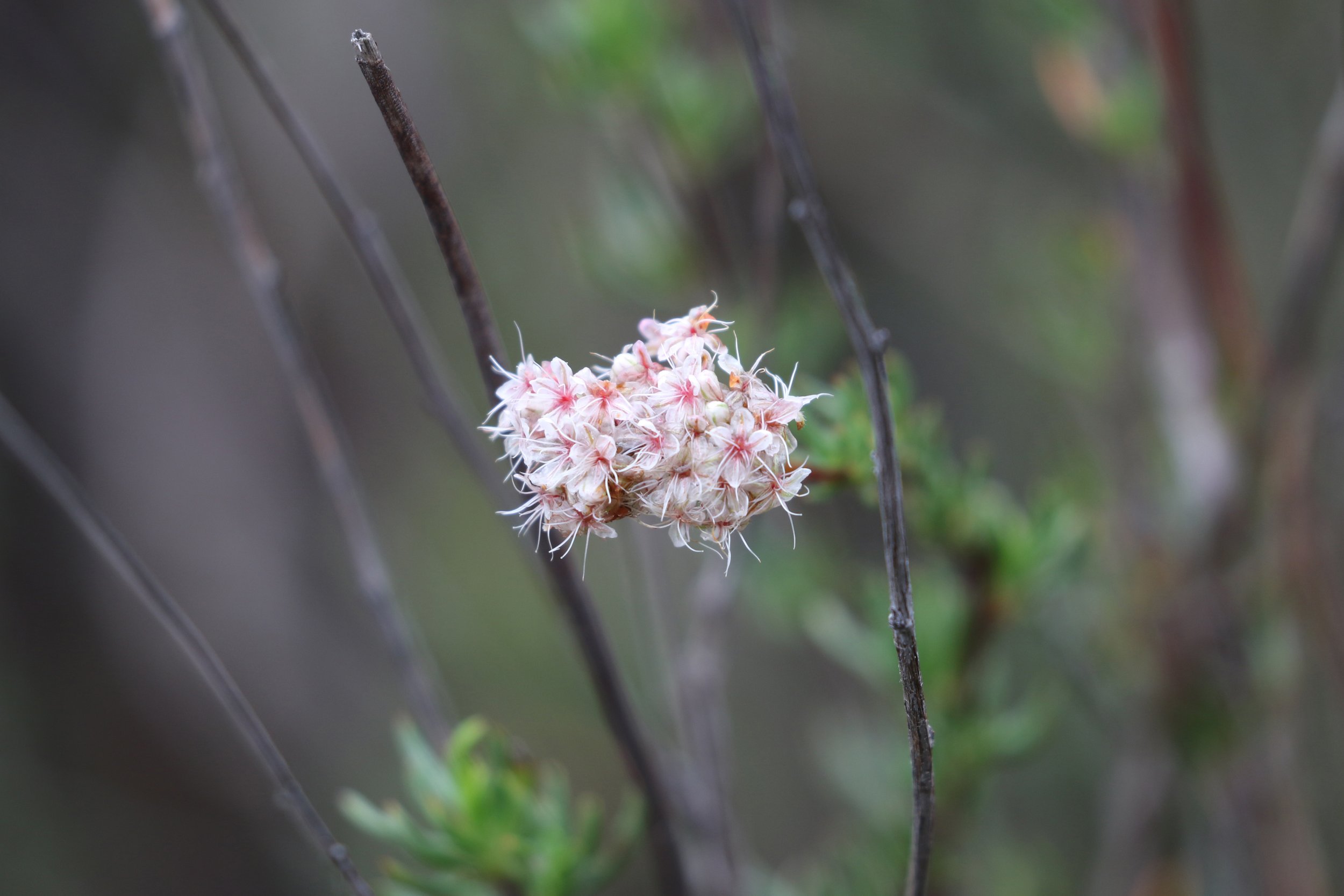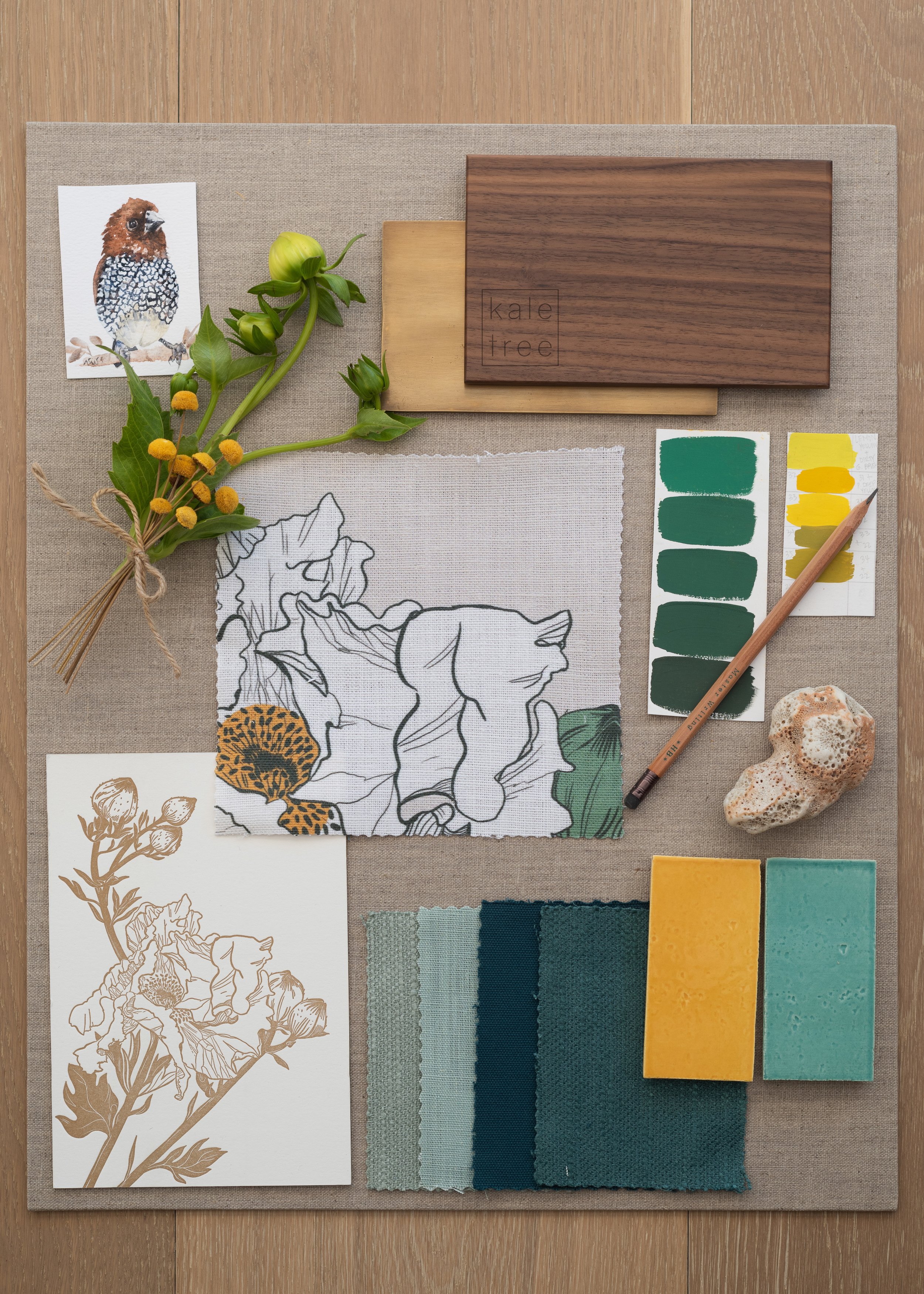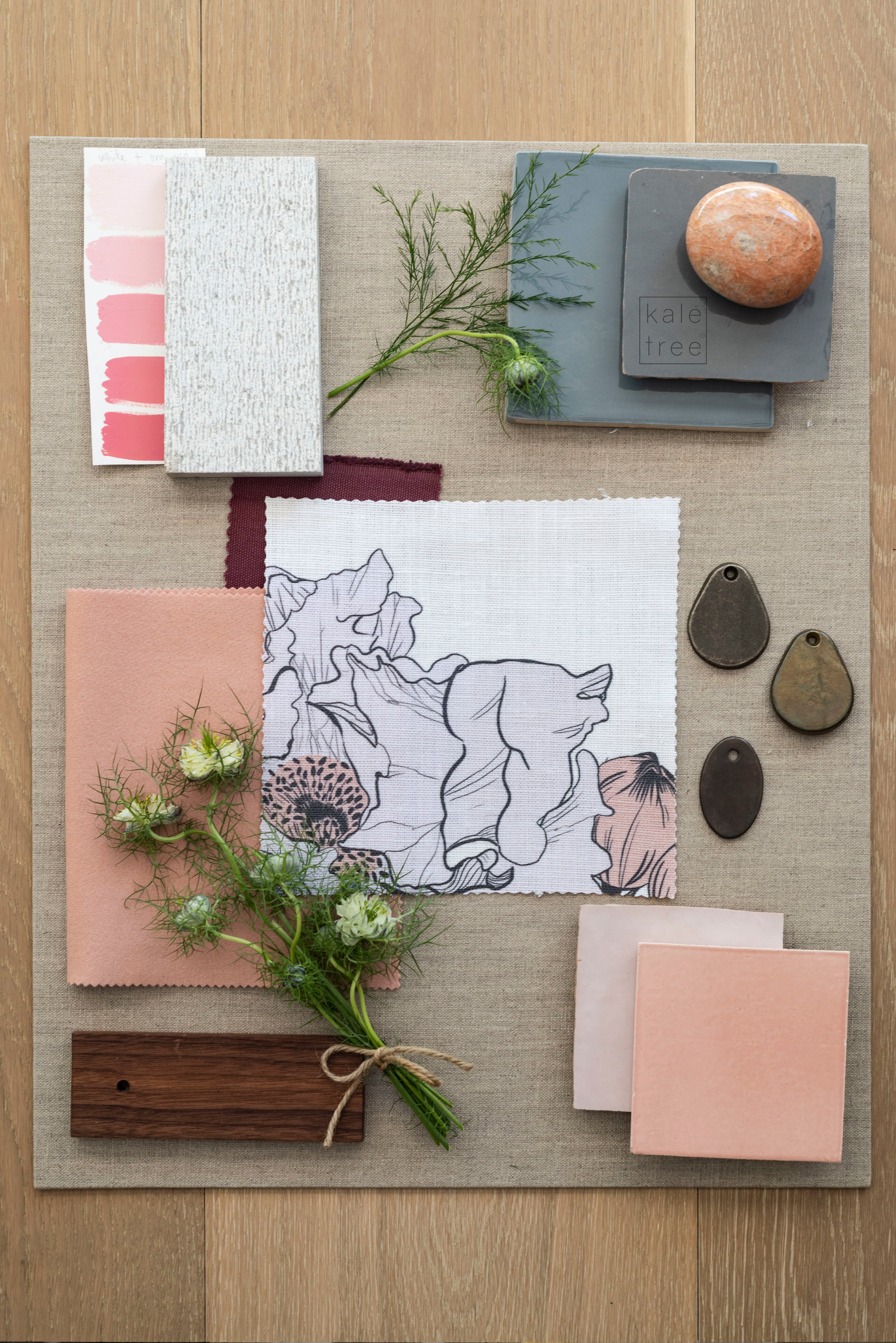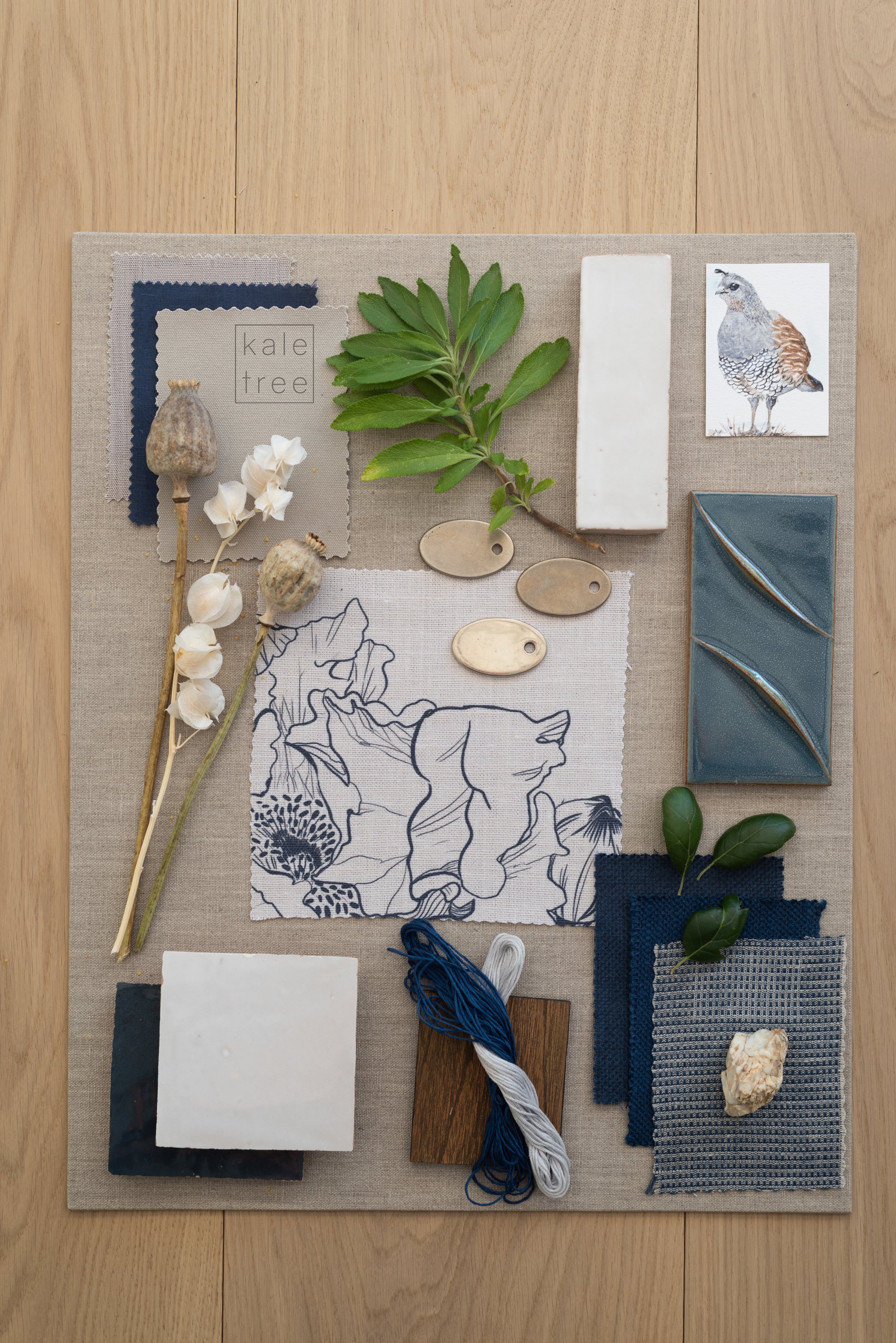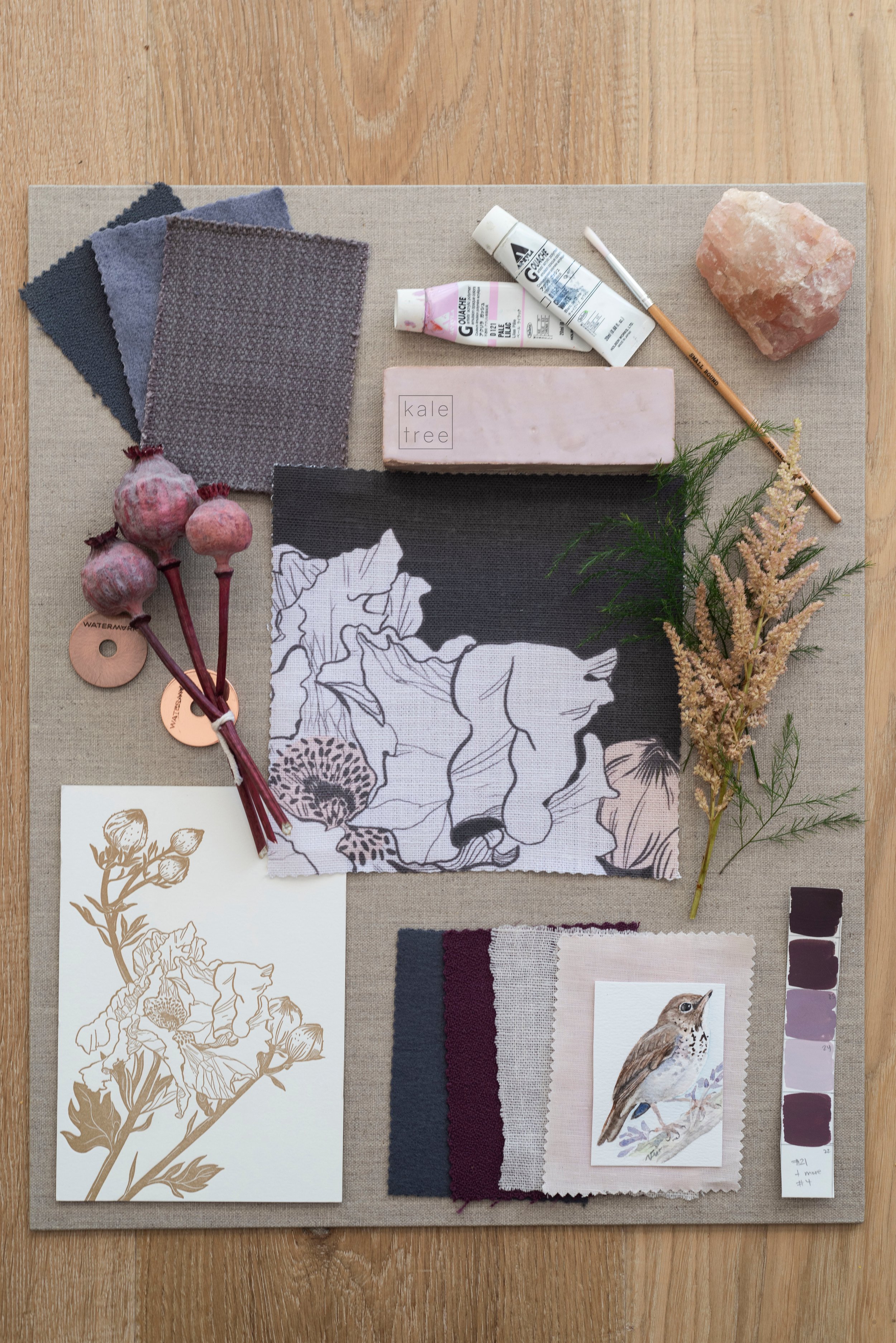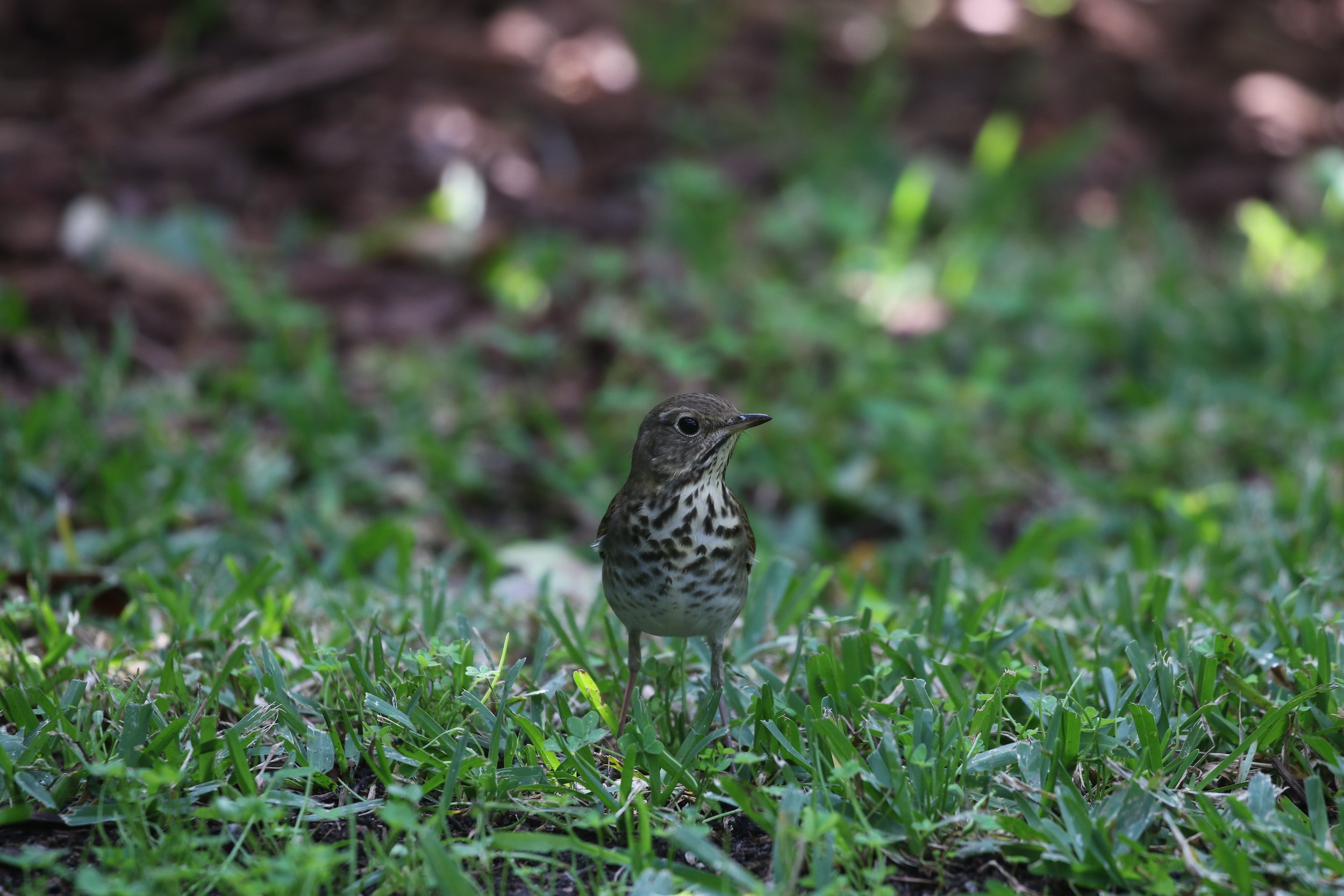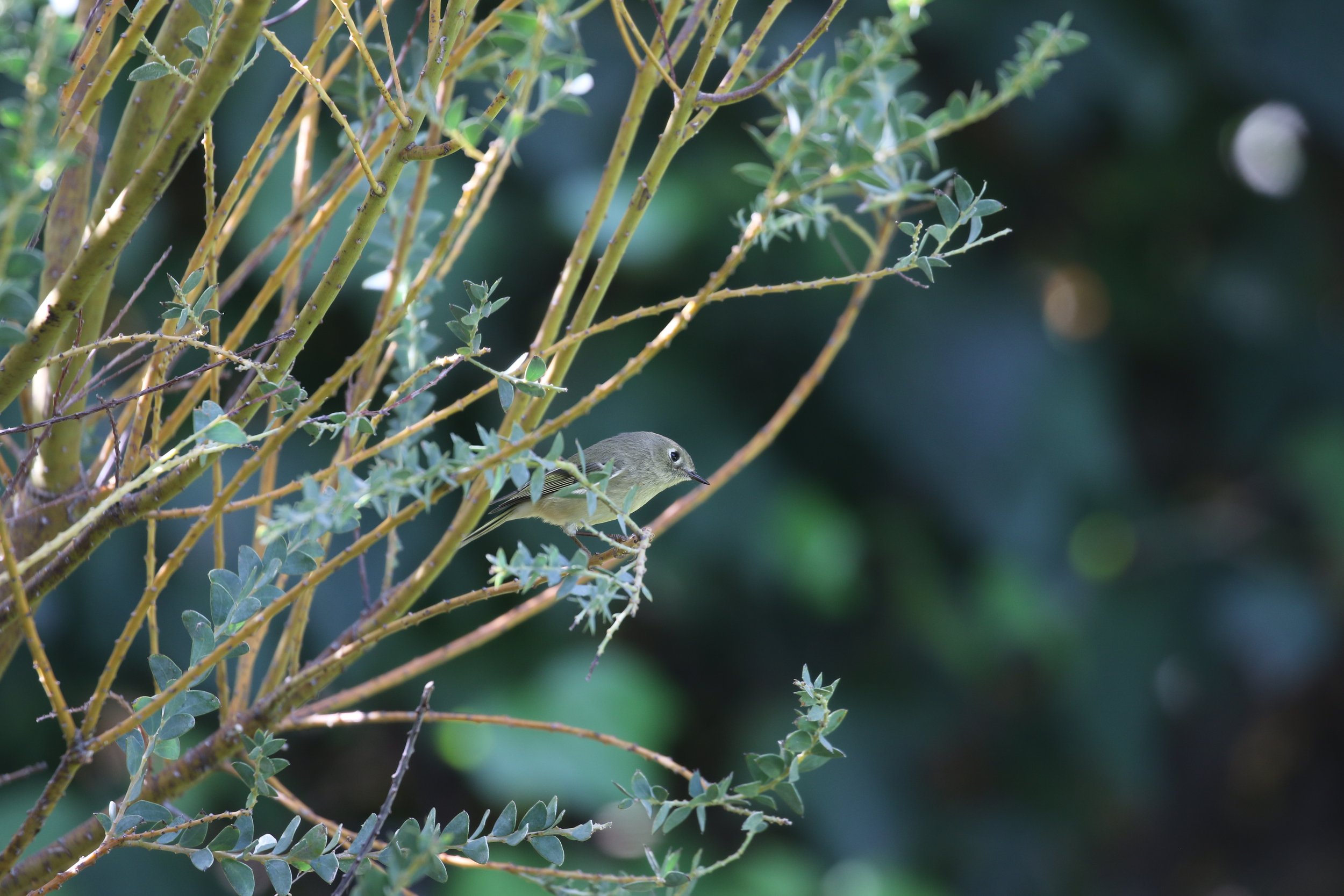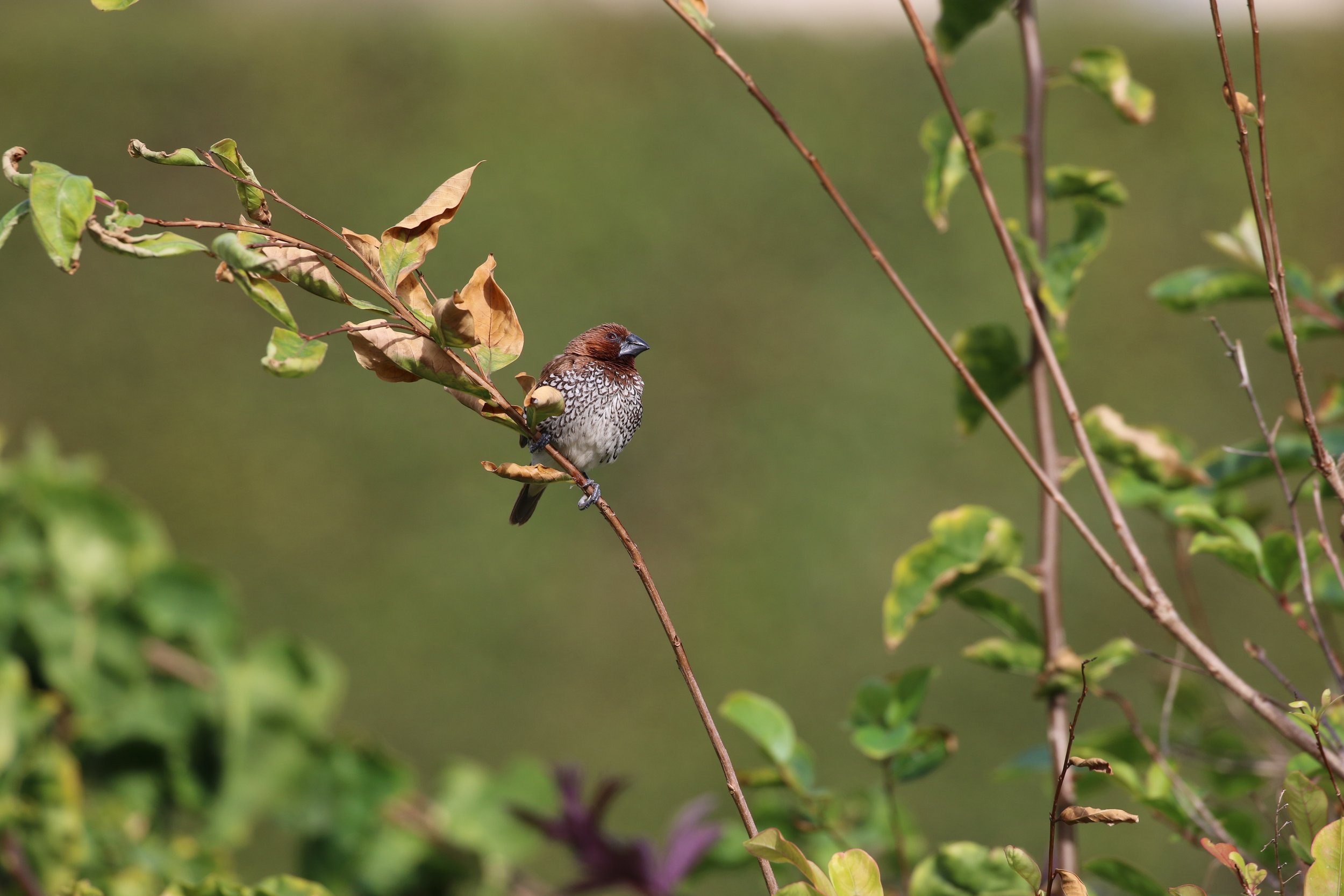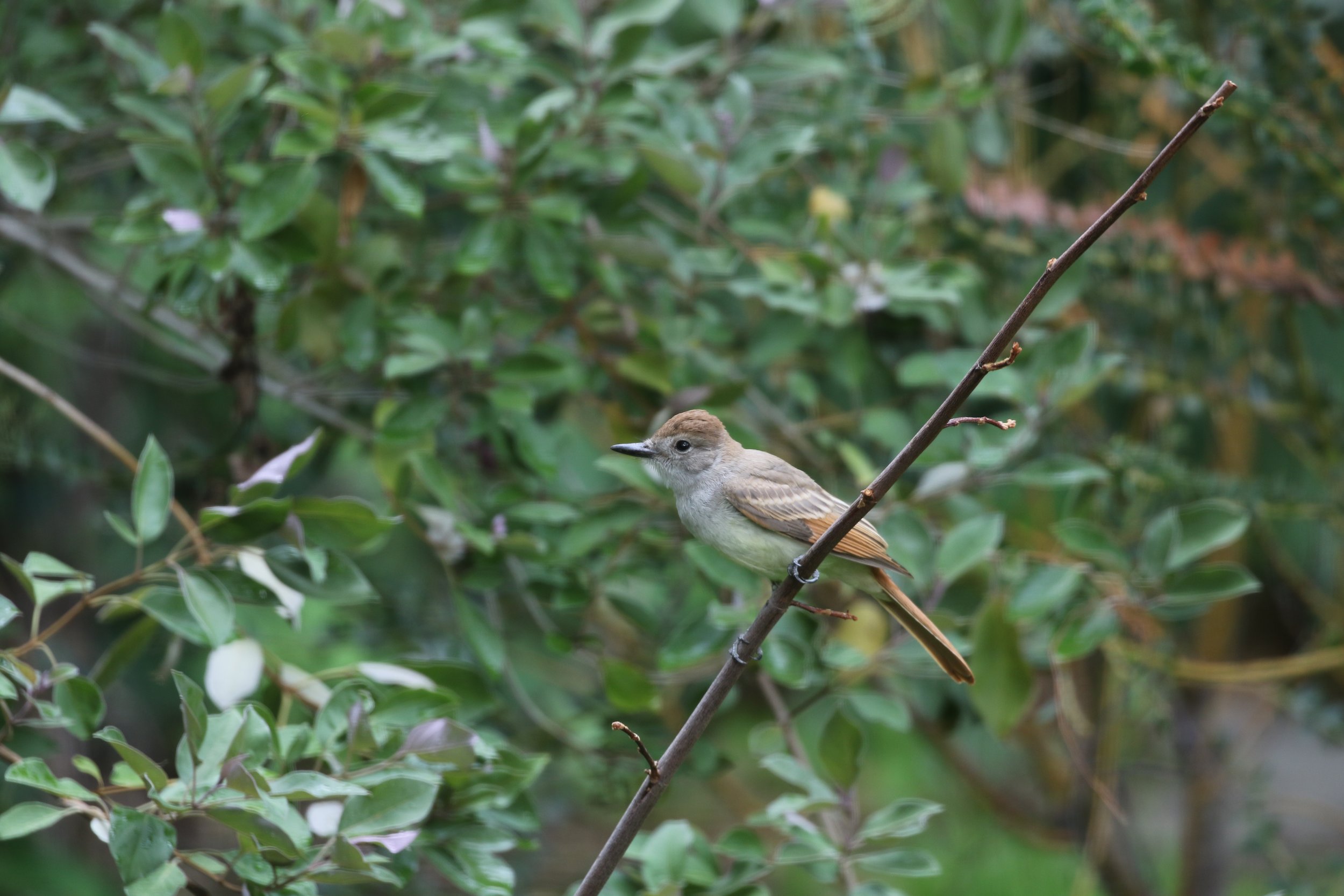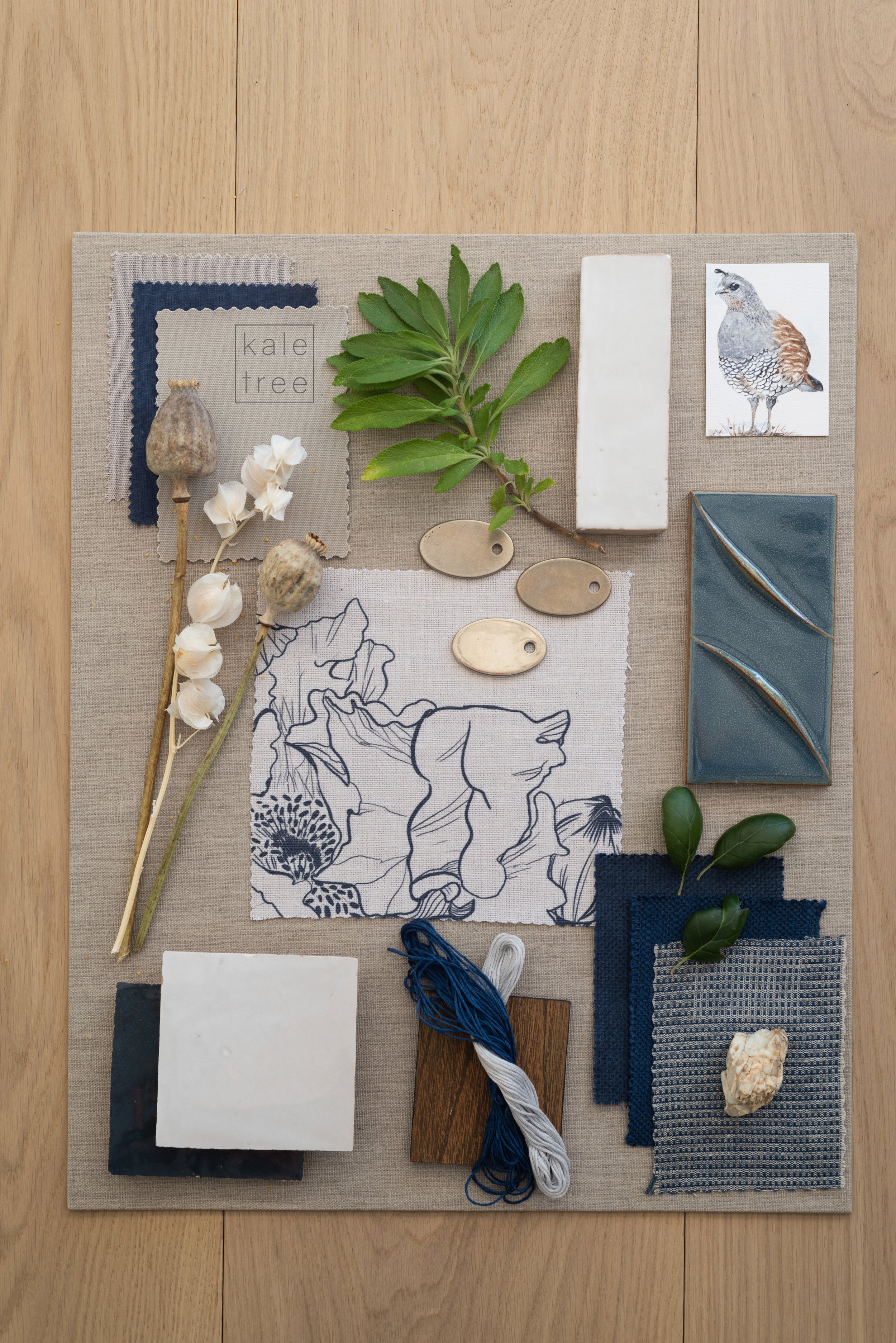Kale Tree Holiday Gift Guide
Give the gift of Biophilic design this holiday season with some of our favorite nature-inspired goods from Kale Tree.
Matilija Poppy Textile - Natural
The Matilija Poppy, a beautiful and unique California native wildflower, inspires this hand-drawn textile design from Kale Tree. This textile is printed on luxurious Belgian linen, ready to be transformed into an array of customized home goods like pillows, drapery, and bedding that will bring the joy of a Californian super bloom into the home of our gardening enthusiast friends and family.
The hand-drawn pattern of the Kale Tree Tree Moth rug is inspired by moths fluttering at dusk. This pattern seeks to add a quiet beauty to any room, a perfect gift for those who appreciate the subtle beauty of nature's pollinators. Each rug is handmade to order in either Vegan Bamboo Silk or 100% New Zealand Wool for a luxuriously soft feel underfoot. Available in 5 x 8, 8 x 10, or 9 x 12 to suit any home size.
Ginko Indoor Outdoor Light Fixture
The Ginko leaf is a symbol of peace, healing, and longevity that often appeared in the designs of the Art Nouveau and the Arts and Crafts movement. This beautiful Ginkgo indoor/outdoor light fixture made of cast bronze Ginko leaves cradling a milk glass globe is sure to be a treasured gift for those who appreciate the beauty of art and nature.
Give the gift of nature-inspired healing spaces with this eco-friendly wallcovering from Kale Tree, featuring a hand-drawn pattern inspired by Mallow blossoms. Commonly called Abutilon or Flowering Maple, this woody shrub is best loved for its delicate drooping blossoms. Available in 3 colorways (Midnight Forest, Evening Mauve, and Dusty Dawn), we love the soothing color of Dusty Dawn as it evokes the calm of dusk. This wallcovering is also PVC and VOC free, contributing to a healthy home environment.
The Cholla Tote is an excellent option for those looking for something special to include in this year's holiday stocking. This design is based on a pen and ink illustration of a Cholla cactus, native to northern Mexico and the Southwestern United States. Hand-printed on 100% certified organic cotton, this tote makes a beautiful yet practical gift.
This selection of bespoke nature-inspired goods helps connect our home interiors with the beauty and peace of the natural world. Give the gift of a mindful home this holiday season, exclusively available through the Kale Tree online store.
Sarah Barnard, WELL AP + LEED AP, is a leading designer of personalized, sustainable spaces that support mental, physical, and emotional wellbeing. She creates highly personalized, restorative spaces that are deeply connected to art and the preservation of the environment. An advocate for consciousness, inclusivity, and compassion in the creative process, Sarah has appeared in Architectural Digest, Elle Décor, Vogue, HGTV, and many other publications. In 2017 Sarah was honored as a “Ones to Watch” Scholar by the American Society of Interior Designers (ASID).
California Native Gardening: Rewilding Los Angeles Landscaping
California Buckwheat (eriogonum fasciculatum)
With such an array of beautiful and unique plant life, it’s no wonder more and more people are opting to replace their lawns with California native gardens. The state of California is a biodiversity hotspot, with 61% of its plant life found nowhere else in the world. (1) There are many benefits to rewilding our gardens with California native plants. They can reduce our environmental footprint by using less water and creating habitats for local insects and animals, enriching the biodiversity of our local neighborhoods. We also have the pleasure of experiencing the emotional and mental health benefits that result from nurturing this environment and joyfully watching wildlife thrive amongst the beautiful wildflower blooms.
Coulter's Matilija Poppy (Romneya coulteri)
As a Certified California Naturalist, Sarah enjoys expanding her knowledge of Californian native flora and fauna. She recently completed the California Native Plant Landscaper Certificate Program offered by the Theodore Payne Foundation. Developed in partnership with The California Native Plant Society, LADWP, and The US Green Building Council, Los Angeles, this course covers the steps involved in planting and maintaining a California native landscape, such as identifying soil type, choosing plant communities, irrigation, and pruning.
Palmer's Indian Mallow (Abutilon palmeri)
The Theodore Payne Foundation's best practices suggest developing a California native garden as a 4-year process. Although at first, a California native garden will likely require the same amount of water (or possibly more) than a lawn, a California native garden is a long-term investment towards drought tolerance and increasing local biodiversity.
Yerba Santa (Genus Eriodictyon)
Year one involves the initial steps of creating a plant list, mulching, evaluating the runoff potential of a site, sowing wildflowers, and staking young plants. Year two is more about maintaining the garden by raking, pruning, watering, re-mulching, sowing wildflower seeds, weeding, and removing struggling plants. Year three involves seasonal maintenance such as watering, pruning overgrown plants, weeding, and replanting. And year four involves pruning with long-term shaping in mind, weeding, replanting, and watering.
An important course component involves identifying what plants best suit the site based on soil qualities and plant communities. There are generally three soil types, sandy, loamy, and clay which vary in their infiltration rate, water-holding capacity, nutrient-holding capacity, and aeration. Plant communities are groups of plants that typically grow together in natural environments.
California Native gardens usually derive from the following plant communities:
Woolly Bluecurls (Trichostema lanatum)
Coastal Sage Scrub are plants that tend to grow low to the ground; they include many aromatic plants such as Artemisia, Buckwheat, Salvias, and Matilija Poppy as well as Deerweed.
Miner’s Lettuce (Claytonia perfoliata)
Chaparral is thick, dense growth that contains a lot of diversity and tends to burn easily. This group includes Chamise, Scrub Oak, Buckwheat, Matilija Poppy, and Toyon.
Desert is a very diverse community of plants that exist at various elevations, such as Cacti, Joshua trees, Agave, Abutilon-Palmeri (Mallow), and Saltbush.
Cholla Cactus (Genus Clindropuntia)
Riparian is a diverse community of plant species that usually exist streamside, creating vital habitat for California wildlife; this group includes plants such as Jancus, Carex, and Ferns.
California Buckeye (Aesculus californica)
Pruning is commonplace in any garden to shape and control the size of plants, stimulate growth, and improve overall plant health. Folks have very different opinions about pruning a California native garden; some believe the landscape should grow wild and natural, while others regularly prune to control shape and growth.
Tip pinching is often performed in California native gardens; this involves pinching new growth off the tips of certain plants or right after flowering to stimulate fuller growth. For example, Ceanothus is a plant that benefits from tip pinching after flowering.
Bladderpod (Peritoma arborea)
Deadheading is the practice of removing dead flowers from plants before they go to seed, this can improve the appearance of plants and prolong the flowering season for some. Deadheading is sometimes discouraged in California native gardens as birds like to feed on seeds. Allowing plants to go to seed creates a natural food source, plus we get the pleasure of watching wildlife interact with the native plants in our yard. Toyon is an excellent example of this; its flowers bring berries which become food for Robins, Waxwings, Thrushes, and other visiting birds.
California Poppy (Eschscholzia californica)
Embracing a California native garden is a rewarding transformation with many benefits, including eventual drought tolerance, reduced maintenance, and the generation of natural habitat that increases the biodiversity in our neighborhoods. There is also the added benefit of joy we experience through the mindful activity of watching birds, insects, and animals live and thrive in the ecosystem that we have created within our yards.
Works Cited
(1) “Explore the Biodiversity Hotspots.” CEPF, https://www.cepf.net/our-work/biodiversity-hotspots.
(2) Theodore Payne Foundation. “California Native Plant Landscaper Certification.”
Sarah Barnard is a WELL and LEED accredited designer and creator of environments that support mental, physical and emotional wellbeing. She creates highly personalized, restorative spaces that are deeply connected to art and the preservation of the environment. An advocate for consciousness, inclusivity, and compassion in the creative process, Sarah has appeared in Architectural Digest, Elle Décor, Vogue, HGTV and many other publications. In 2017 Sarah was recognized as a "Ones to Watch" Scholar by the American Society of Interior Designers (ASID).
LA Textile: Organic, Sustainable and Recycled Fiber Fabrics
The Kale Tree design team had a great time visiting LA Textile at the California Market Center. We set out to meet the best new designers, manufacturers, mills, and printers in the heart of downtown Los Angeles and are excited about the new friends and connections we've made.
Organic textiles were at the top of our sourcing list. We're happy to report that there were an increasing number of suppliers with organic fabrics in varying weights and colors on the showroom floor. While natural and organic textiles were displayed from across the globe, we found a strong presence of Japanese mills with elegant certified organic cotton twills, batiste, canvas, and satin weaves.
We also connected with the folks at Cotton Incorporated and had an interesting chat about U.S. Cotton and the importance of traceability and transparency in cotton fiber textiles.
Recycled fiber textiles are another fabric we are especially interested in designing in our studio. While luxury-level recycled fiber textiles are still somewhat in limited offerings, we were pleased to connect with mills offering recycled polyesters, textiles made from recycled water bottles, and Seaqual fabrics made from recycled ocean plastics. We love to see mills working with recycled fiber yarns and especially support efforts to remove plastics from the ocean.
Custom-printed textiles are at the heart of what we do. We love fabric, and we find it incredibly rewarding to see our nature-inspired illustrations realized as drapery, bedding, pillows, and a host of other home decor items. At the LA Textile event, we were delighted to connect with like-minded folk who care about sustainability and wellness in design, sourcing, and production methods.
The Kale Tree design team is working on a new organic textile collection for 2023 featuring California native flora and fauna. Inspired by the local wildlife of our Southern California mountains, deserts, woodlands, and beaches, we look forward to sharing more with you soon!
Birdwatching as mindfulness: Creative connections within the bird watching community.
The benefits of looking at nature are everywhere, no matter where you live. Outdoor recreational activities such as hiking and being in nature promote feelings of well-being. Recent research by academics at the University of Exeter, the British Trust for Ornithology, and the University of Queensland suggests that birding, in particular, has mental health benefits. Researchers in the UK recently determined that people who saw more birds in their daily lives experience less stress and depression. Bird-watching is a practice that encourages mindfulness and patience. Simply watching a bird feeder can be beneficial for your mental health.
Birding also benefits your mental health through the community and friendships that it creates. A love of birding connects people from all walks of life and is what initially drew interior designer Sarah Barnard, WELL AP + LEED AP, to the artwork of Vivienne Edwards.
The watercolor paintings of small birds included in several of our mood boards for the Matilija Poppy Textile and the Mallow Textile are by the artist Vivienne Edwards. Vivienne is based in South Africa and makes small watercolors of birds that she encounters in the natural environment around her. Sarah discovered Viviennes' work one day by chance, drawn to the intimacy of their small size (2.5 x 3.5 in) and how they reflect the artist's relationship with her natural surroundings.
Sarah is an avid birder and felt that Vivienne's paintings would be a special addition to her art collection. Sarah commissioned a small set of paintings from Vivienne based on photographs Sarah took of favorite birds in her garden.
These magical birds are featured in a series of Kale Tree mood boards, whose nature-inspired luxury eco fabrics incorporate biophilic prints inspired by the intersection of art, design, and nature. Sarah thought these paintings contributed to the overall feeling of these mood boards, which feature a series of natural materials and textures that help visualize the collection of objects that make up an interior space.
The bird featured in this Kale Tree mood board for the Matilija Poppy Textile in Putty is a Ruby-crowned Kinglet (Regulus calendula); this is a tiny, very cautious bird that can be quite timid. Sarah has mainly spotted the Ruby-crowned Kinglet in the Acacia cultriformis tree in her garden, which it uses as a safe passage to the water bowl. It is a fairly solitary bird that does not stay out in the open for too long. Its ruby crown is very subtle, making it difficult for her to identify at first, and she was very happy when she did. The hand-drawn pattern of this floral textile is inspired by Matilija Poppies (Romneya coulteri), a favorite California native flower.
The Hermit Thrush (Catharus guttatus), is a bird with which Sarah feels a real fascination and kinship. Of all the songbirds, the Hermit Thrush is considered to have one of the most beautiful songs. The first time Sarah saw a Hermit Thrush, she was overcome and entranced by the beauty of this bird which felt like it had a magic quality. The Hermit Thrush is quite solitary; it moves along the edges of the garden with cautious stealth, so it feels like a special moment when it is spotted. Hermit Thrushes seldom visit backyards making this sighting and painting all the more special, a beautiful and meaningful addition to the Matilija Poppy Textile (Midnight) mood board from Kale Tree.
The mood board for the Matilija Poppy Textile (Bluestone) features a painting of the California Quail (Callipepla californica), the California state bird. This bird has beautiful feather patterns and enchanting qualities similar to the hermit thrush. Sarah had only ever seen California Quails in the desert until she moved to her new house, where she saw a pair walk across her patio one day. This experience was delightful and magical as it possibly meant they were nesting nearby. Sarah intends to plant a quail bush (Atriplex lentiformis) in her garden to encourage the birds to stay a while.
The painting featured in the mood board for the Matilija Poppy Textile (Natural) is of a Scaly Breasted Munia (Lonchura punctulata). You can usually find this small songbird in grasslands, gardens, and fields; the scaly spots on its underbelly and the color palette of its feathers compliment the stamens in the center of this poppy textile. Sarah first saw this bird in her garden and had never seen a bird like it before. She was surprised to learn that it was an introduced species from South East Asia. On watching this bird, she was struck by how familial and social they are; they are hardly ever seen alone and are often spotted sharing food and space. The Scaly Breasted Munia is also a lot less timid around humans, usually happy to sit and listen to a little bit of a human-to-bird conversation.
A painting of a Bewick's Wren (Thryomanes bewickii) is paired alongside a series of natural materials in the mood board for the Mallow Textile (Evening Mauve). The Bewick's Wren was originally one of Sarahs' favorite birds and has been in Sarahs' life for a long time. At her last house, a mother Bewick's Wren, taught her babies to eat suet cake from her bird feeder. The mother wren would also leave baby birds in a bush in Sarahs' garden while they went to forage, allowing her to spend some time with these usually solitary birds. Although they are usually found in dry bushy areas, the Bewick's Wren is also at home in gardens and parks in suburbs and cities. Its ability to live in natural and built environments creates a lovely allegory reflecting the design philosophy behind this floral fabric.
In this last mood board, a painting of an Ash-throated Flycatcher (Myiarchus cinerascens) accompanies a swatch of the Mallow Textile (Midnight Forest). These birds are often found in dry places, and as a result, they don't need to drink much water. Instead, they get the water they need from their food. Sarah often sees these birds in her garden, but explains that patience is required as they are usually on a perch somewhere, sitting, waiting, and surveying for insects that they catch in mid-flight.
Vivienne Edwards is a self-taught artist from South Africa who loves to work with the unpredictability of watercolors. She is fortunate to live in a wildlife-rich region with abundant bird life and wetlands. Her work takes inspiration from the small creatures in the natural environment around her, going about their daily lives with such purpose and energy. It is often a show of vulnerability from this wildlife that prompts what she decides to paint, such as a Sparrow delicately picking a sprig of parsley for its young.
Sarah and her team love working with other artists, especially those who celebrate the beauty of nature and inspire joy through their work.
Bibliography
“Beautiful Birding: 7 Mental Health Benefits of Bird Watching.” Happiness.com, 27 Jan. 2022, https://www.happiness.com/magazine/art-culture-leisure/mental-health-benefits-of-bird-watching/.
Leahy, Christopher W. “Teaching Your Mind to Fly: The Psychological Benefits of Birdwatching.” Princeton University, The Trustees of Princeton University, 31 July 2021, https://press.princeton.edu/ideas/teaching-your-mind-to-fly-the-psychological-benefits-of-birdwatching.
Ray, Heather. “A Dose of Nature: Why Birding Will Boost Your Mental Health.” Birds and Blooms, Birds and Blooms, 27 Apr. 2022, https://www.birdsandblooms.com/birding/birding-basics/birding-health/#:~:text=Researchers%20in%20Kentucky%20found%20that,beneficial%20to%20your%20psychological%20health.
Sarah Barnard is a WELL and LEED accredited designer and creator of environments that support mental, physical and emotional wellbeing. She creates highly personalized, restorative spaces that are deeply connected to art and the preservation of the environment. An advocate for consciousness, inclusivity, and compassion in the creative process, Sarah has appeared in Architectural Digest, Elle Décor, Vogue, HGTV and many other publications. In 2017 Sarah was recognized as a "Ones to Watch" Scholar by the American Society of Interior Designers (ASID).





